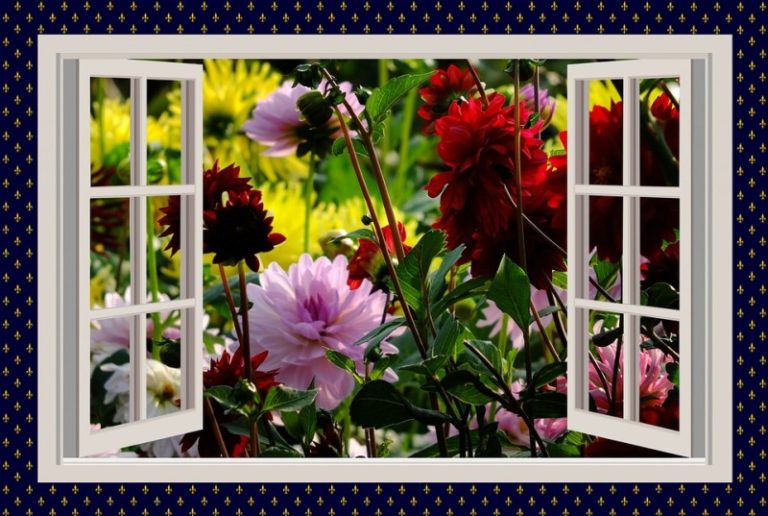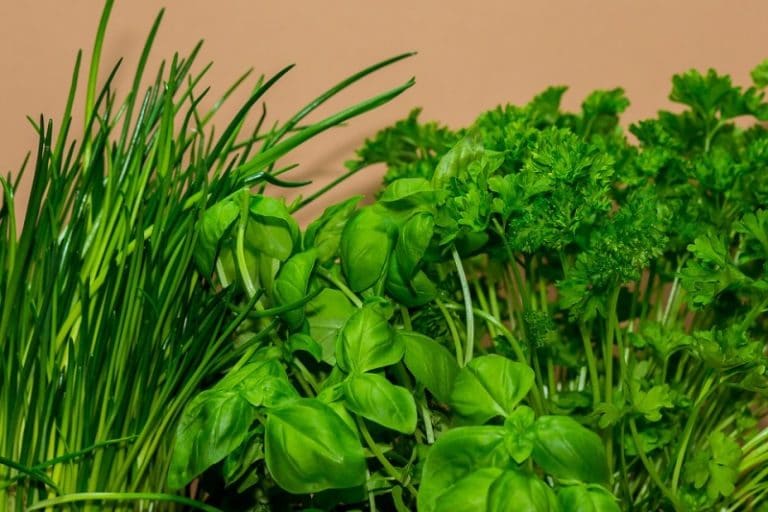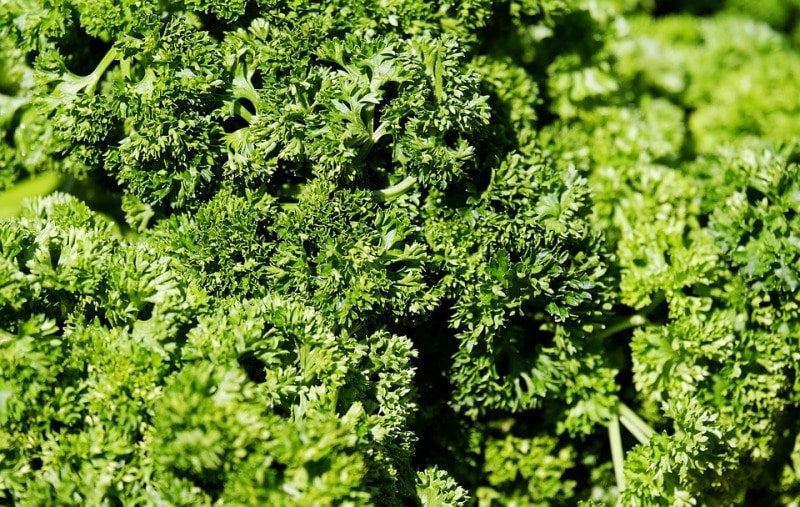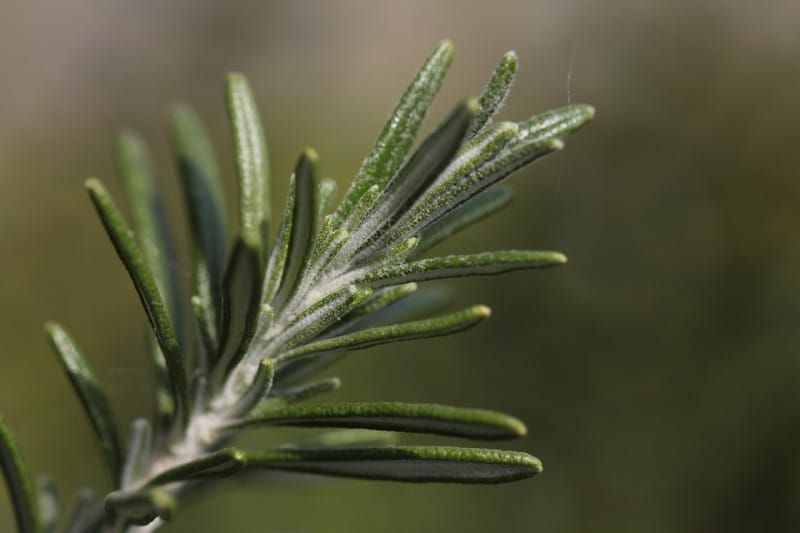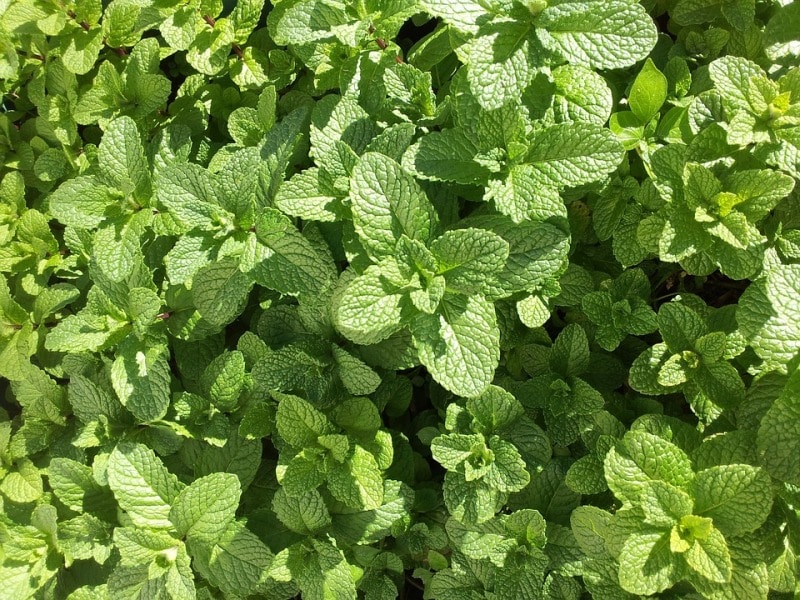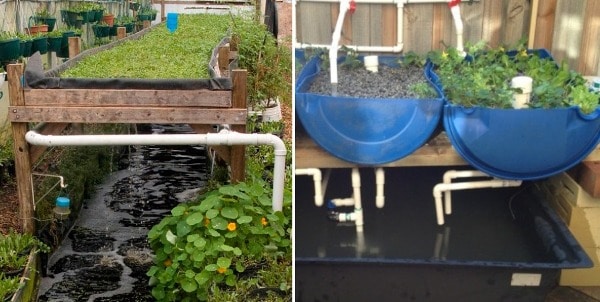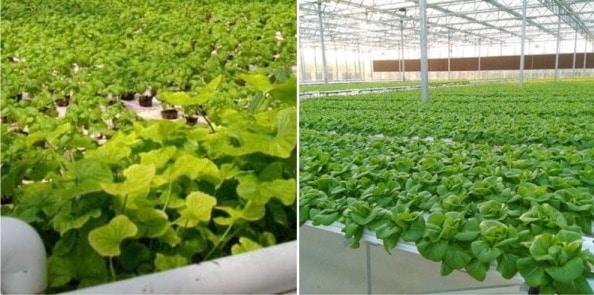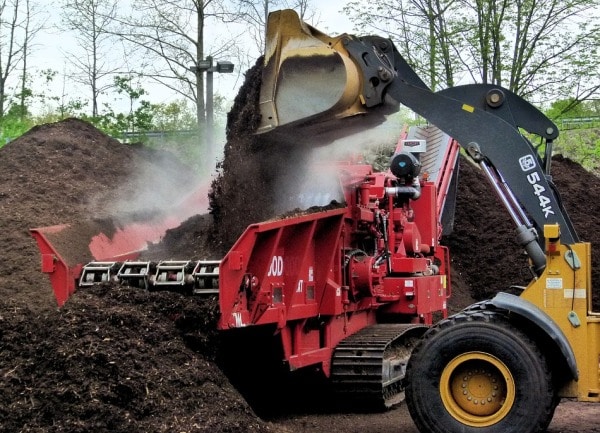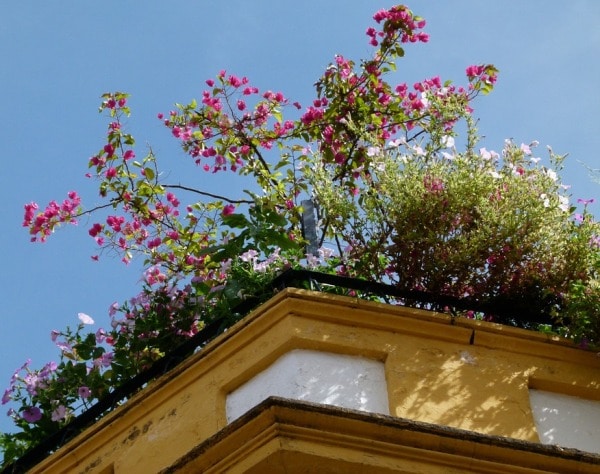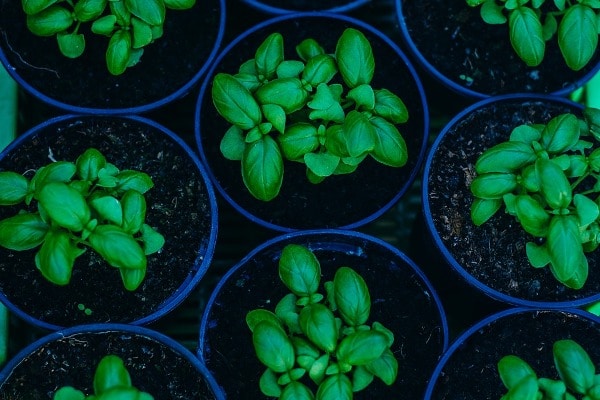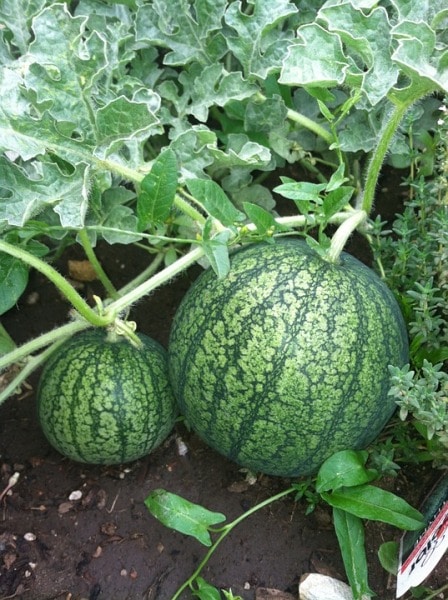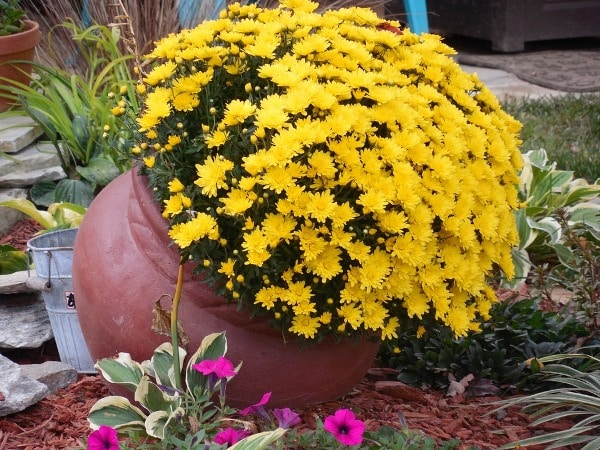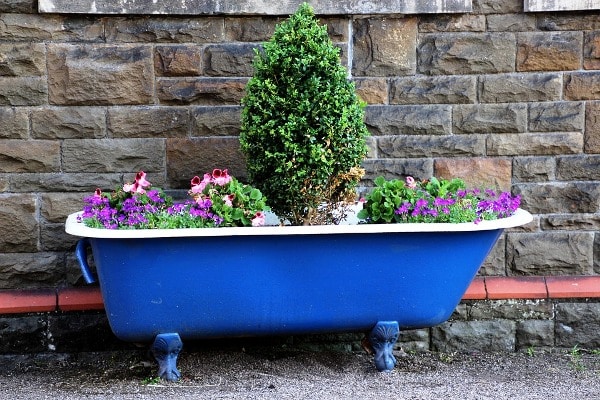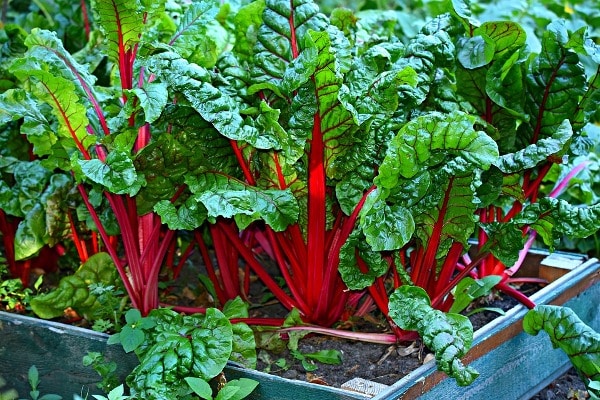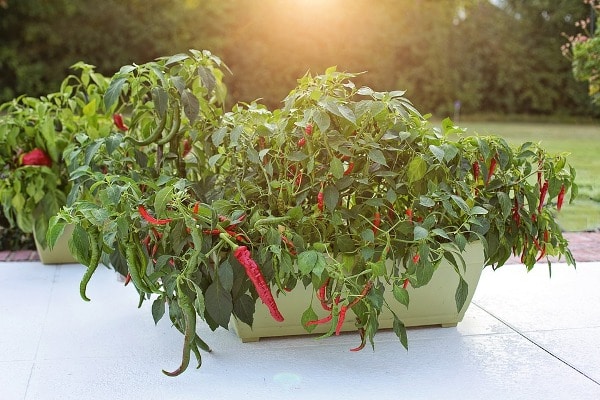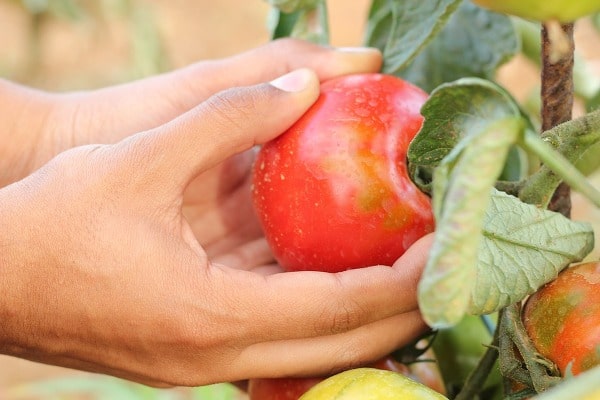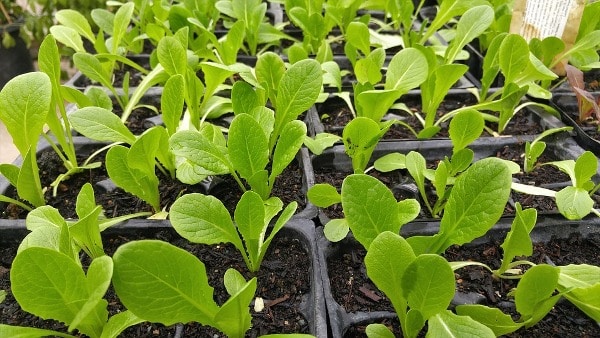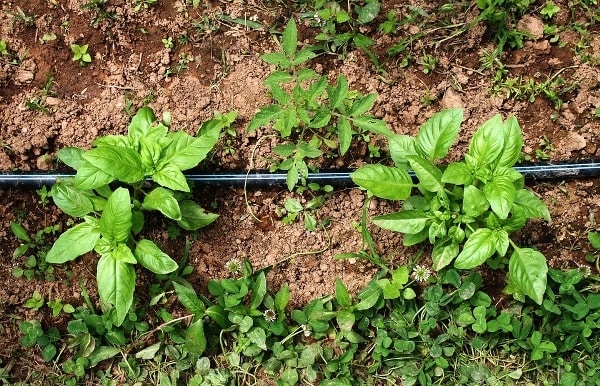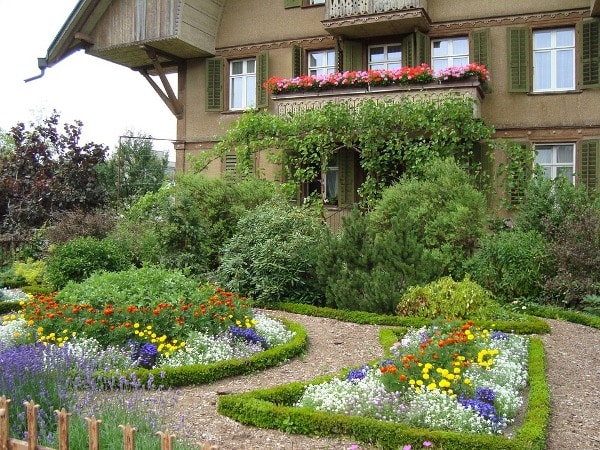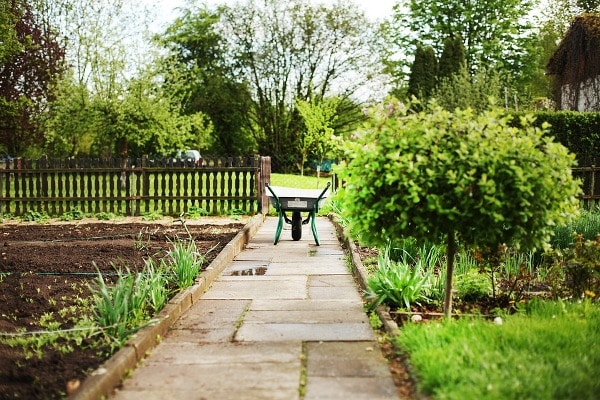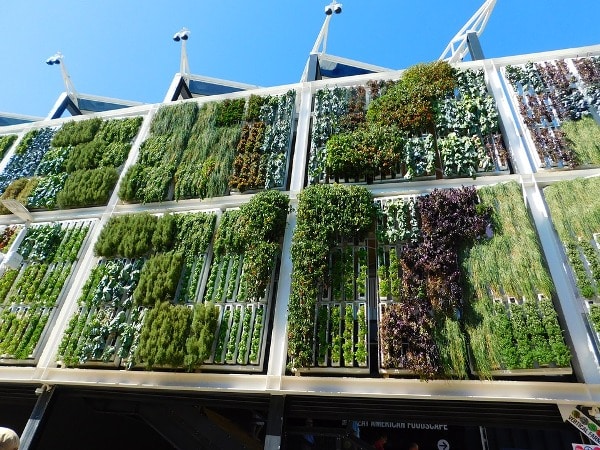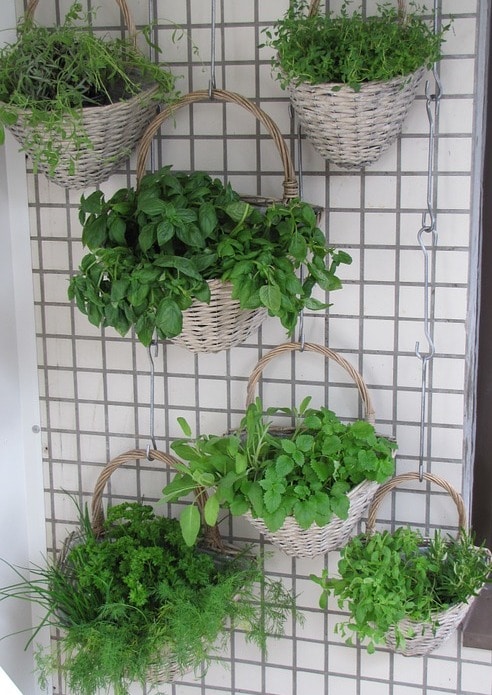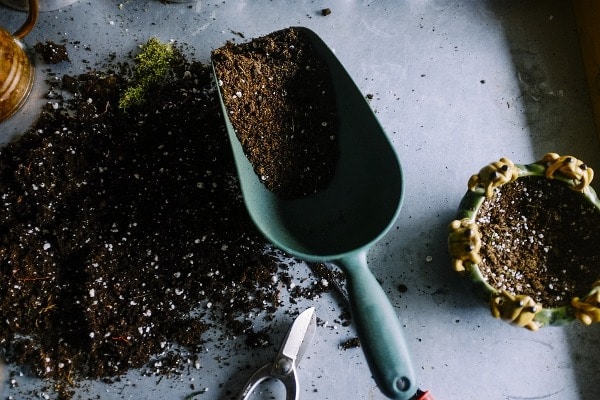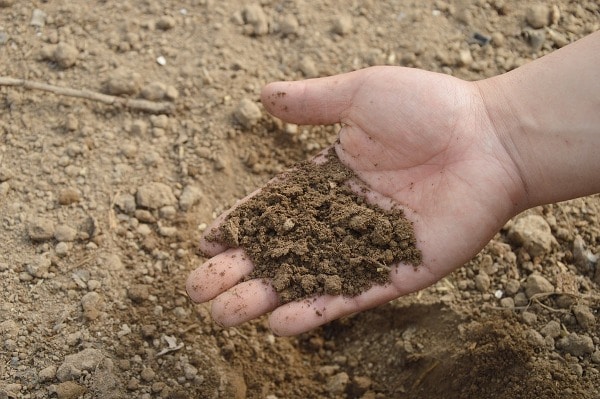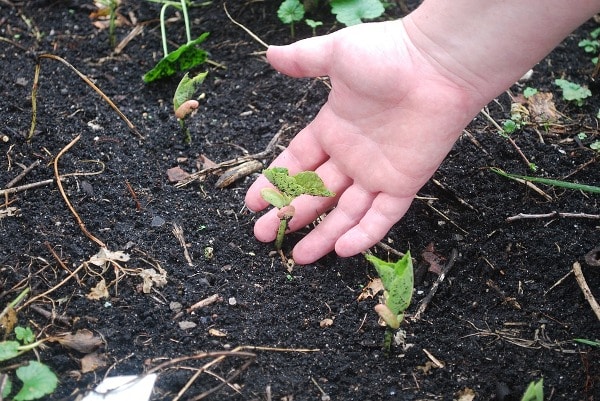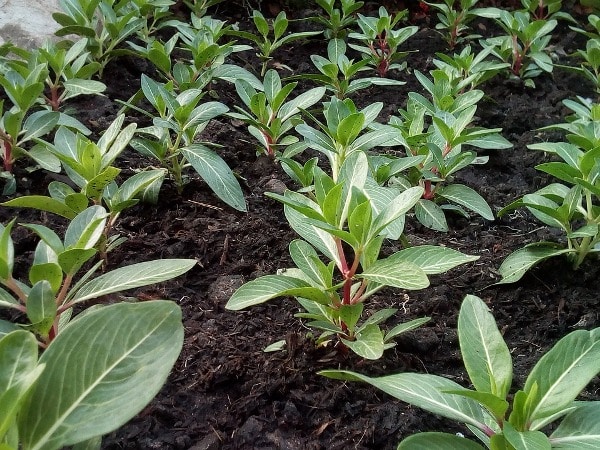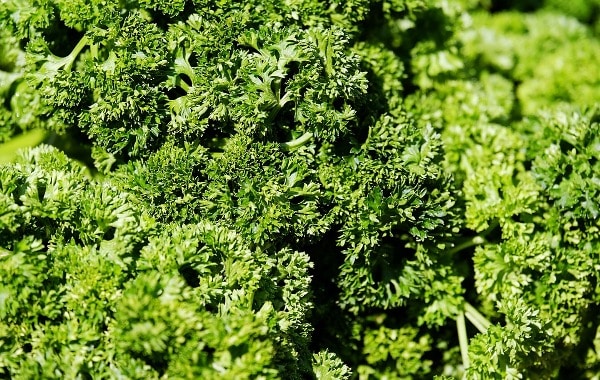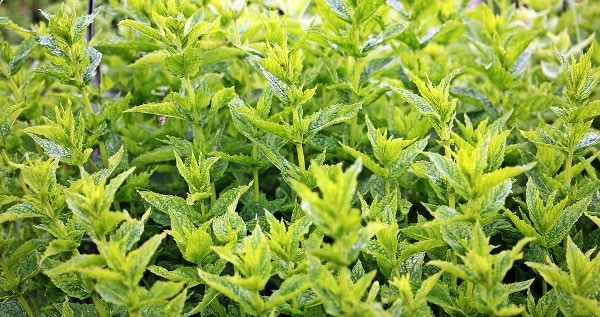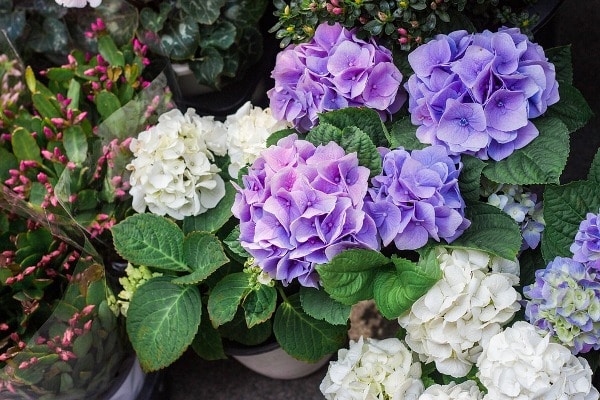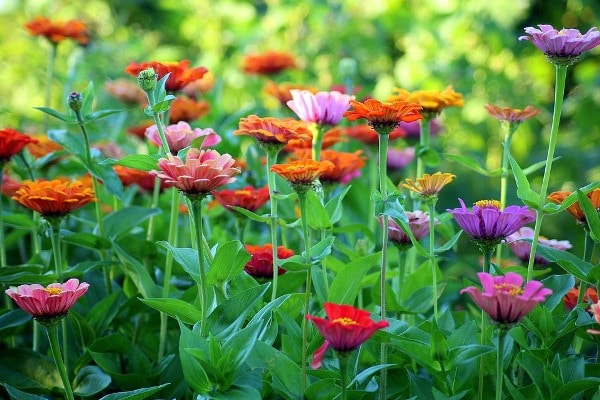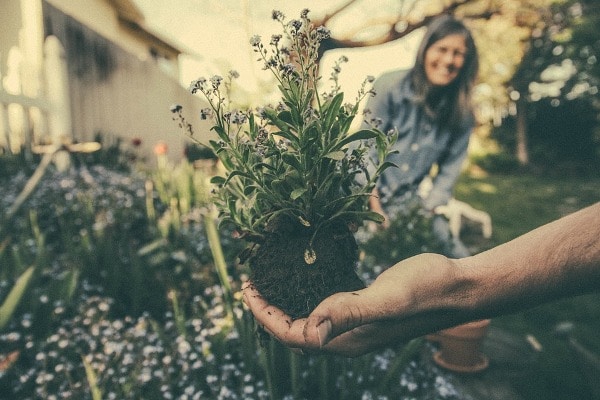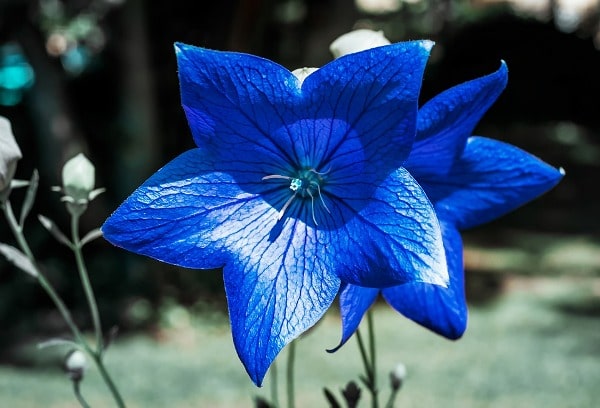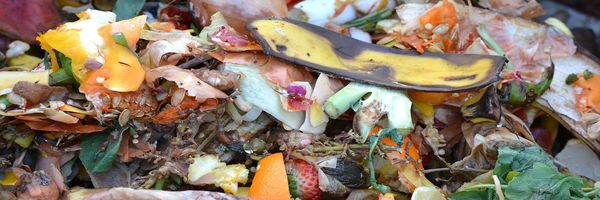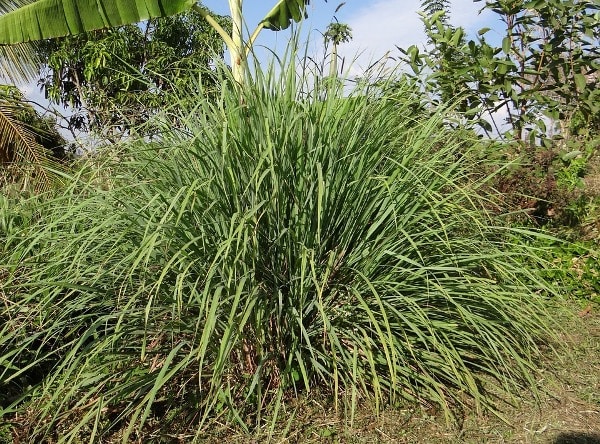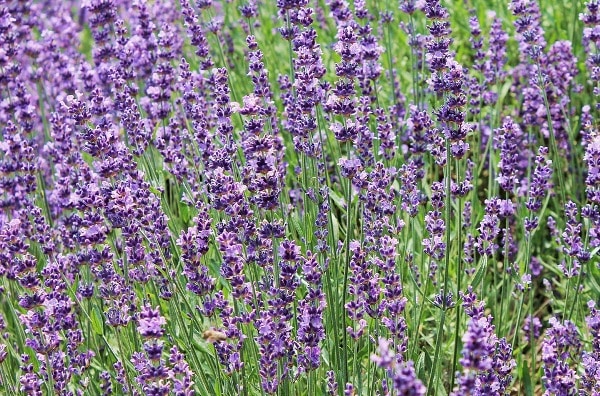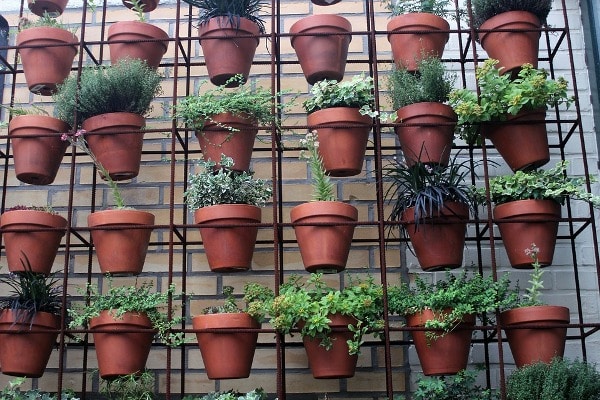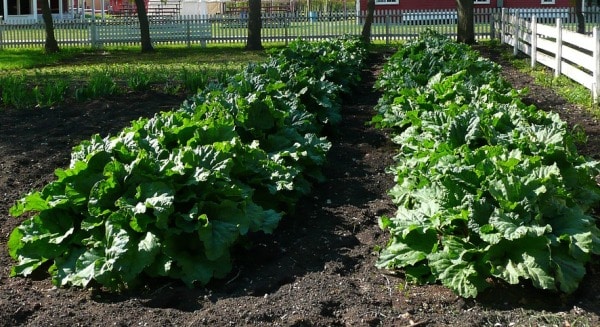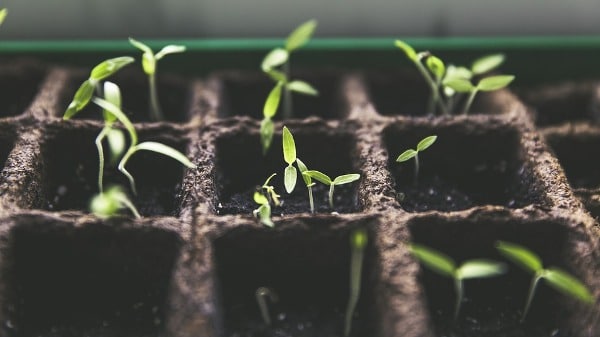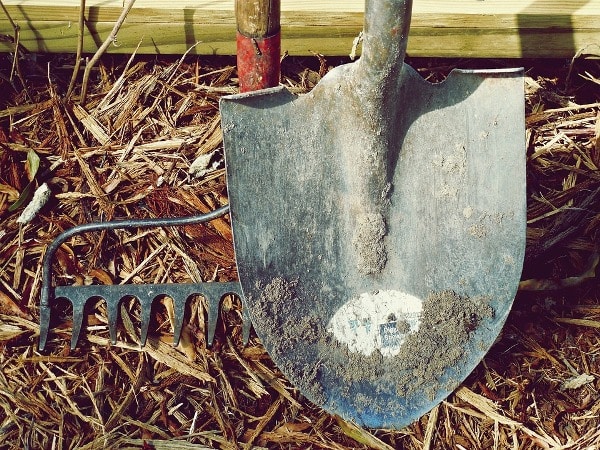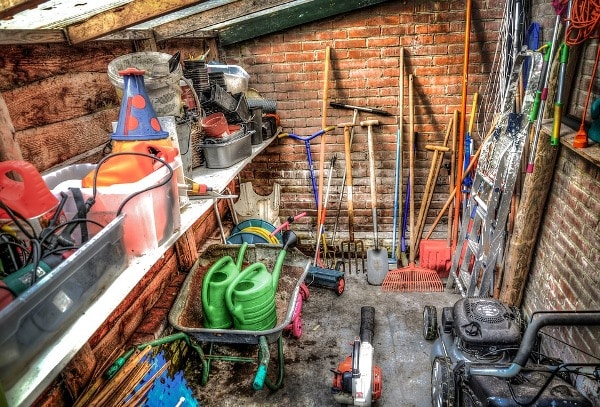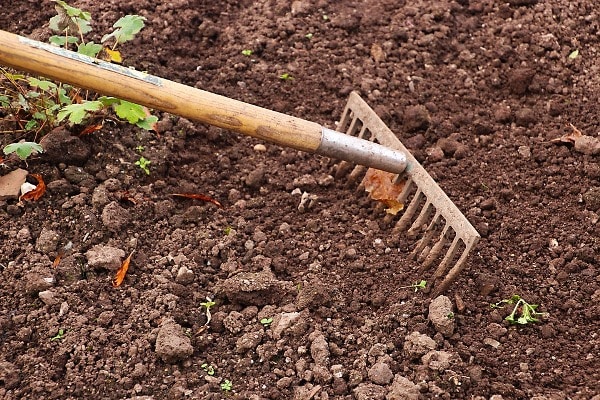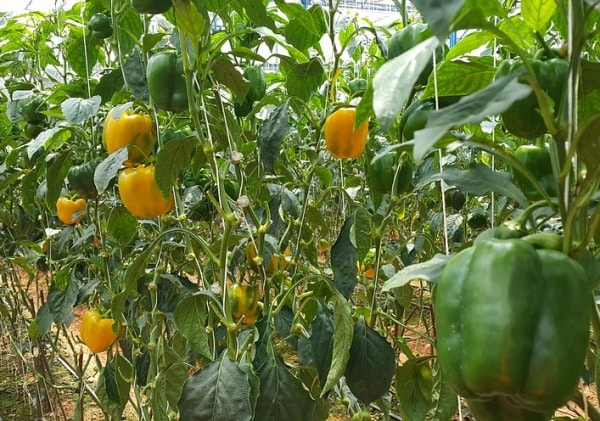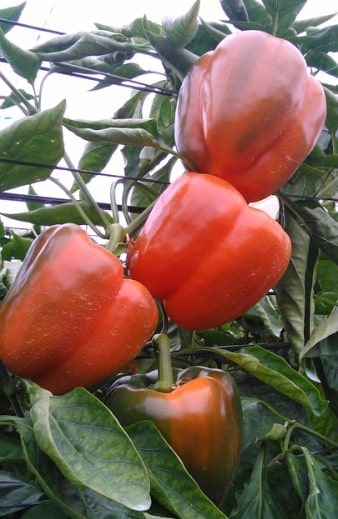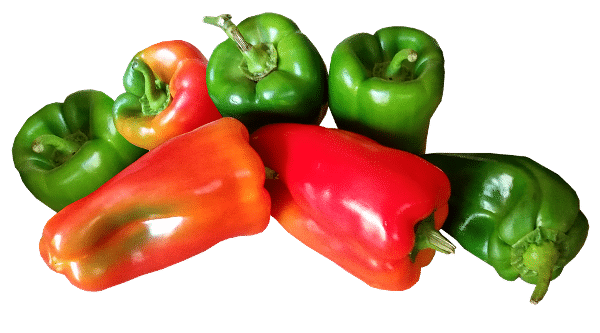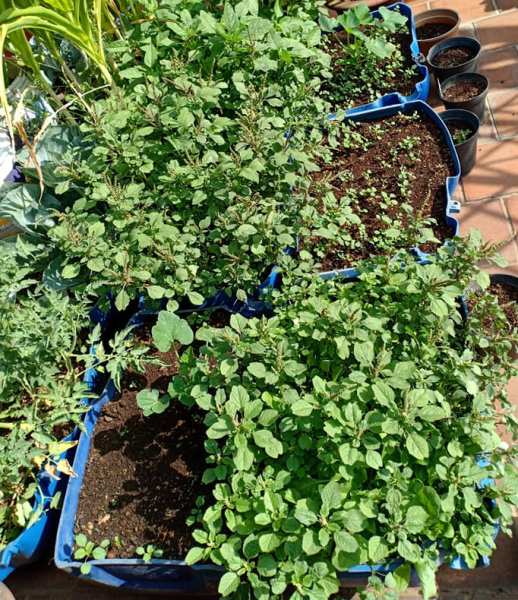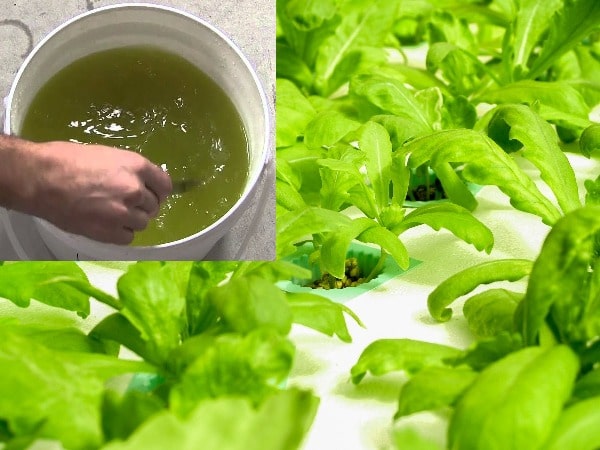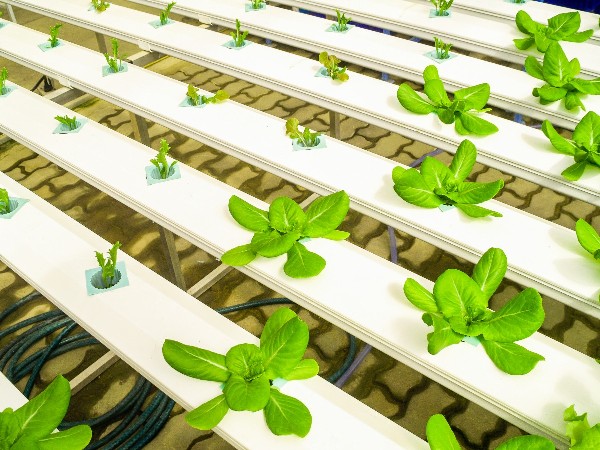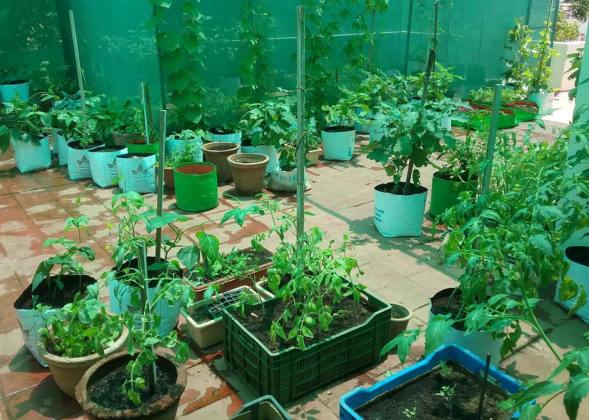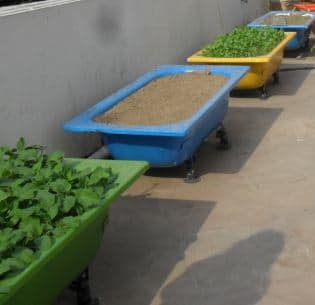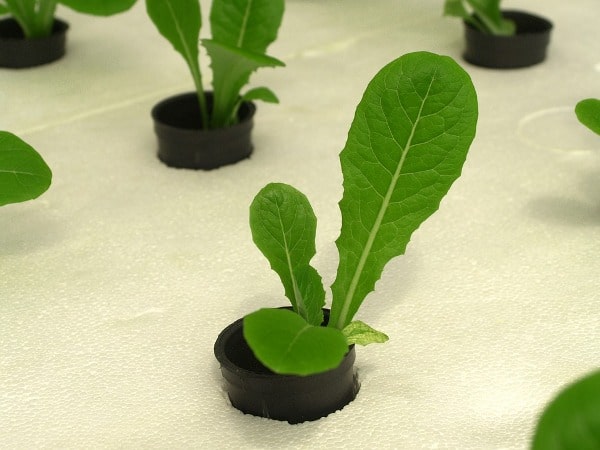Window gardening ideas, techniques, and tips
Today, we are into the learning of window gardening ideas. A window gardening is a particular type of window that juts out into a yard or other exterior area. It contains several shelves & is typically installed in kitchens over the sink or really, any room in the home. Window garden means the increasing of ornamentals in receptacles placed in the windows of the home. Window gardening is a great way to cultivate fresh fruits and vegetables, grow flowers year round and add beauty to your home.
Garden windows are great additions to any home. Window gardens, or windowsill gardens, can be placed indoors or outdoors in the home. Garden window boxes are popularly grown by residents who don’t have access to a garden or a roof to grow plants. Do you use fertilizers or any enhancers for soils or plants when window gardening? Flowering plants must be fertilized every 2 to 3 weeks in order to keep the blooms coming. Most other green plants & herbs can be fertilized 1-2 times per season. Earthworm castings, compost, and fish emulsion or kelp are all good organic fertilizers. One must be aware of window gardening ideas for better window garden design. So, let us start learning some window gardening ideas and techniques.
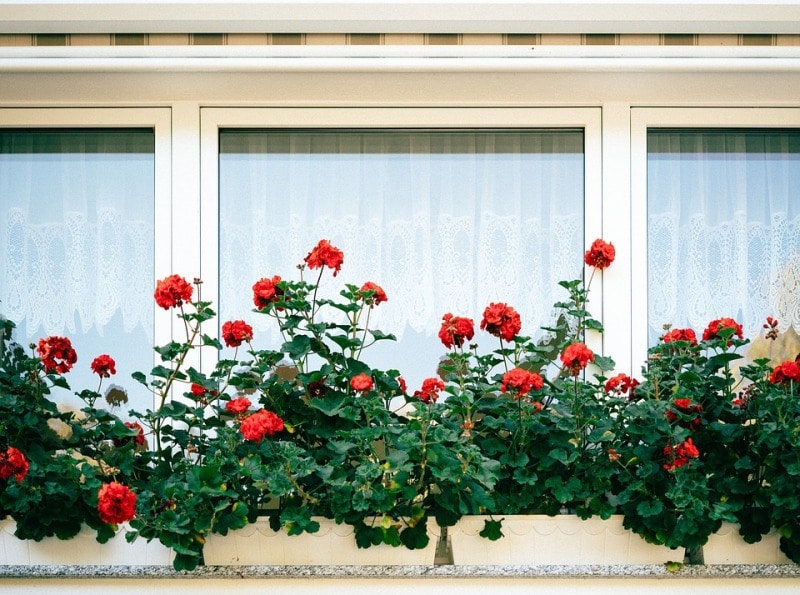
Plants suitable for window gardening:
Flowers suitable for window garden are;
Geraniums, lavender, impatiens, salvia, petunias, daisies, begonias, cacti, zinnias, fuschias, nasturtiums (you can also do all kinds of bulbs).
Herbs grown in the window gardening are;
Lavender, sage, thyme, rosemary, basils, parsley, marjoram, dill, hops, sorrel, lemon balm, bay, sweet basil, lemon verbena, peppermint, spearmint, and jasmine.
Vegetable Plants grown in window gardening are;
Lettuce, onions, carrots, garlic, cabbage, tomatoes, bush and pole beans, peas, scallions, kale, and peppers.
Containers used for your window garden:
The Containers used for window gardening are of all sizes, shapes, whether of plastic, ceramic, metal, mud or clay pots to wood boxes, hanging baskets, crocks, and washtubs.
A window box placed on the window-sill is one thing; a table located next to the window is another. There is actually no limit here, but you will want your container to have the ability to drain off excess water. This is very important as you don’t want plants to be sitting in water, rotting.
Transplanted Window Container Garden:
The design is to transplant a familiar sight the window container garden to the actual garden, bringing the window with. The glass set against an exterior wall makes for a novel sight, while the hanging containers do the work they were always meant for.
Read: Herb Garden Design, Techniques.
Free Standing Window Hanging Garden:
We love this idea because virtually any window frame can be used to generate it. With a bit of work & some ingenuity, you can convert each cell of the frame into a small pocket for container gardening, and then hang the entire thing against a wall, fence, or make a standing frame.
Basket Case:
Option for a basket instead of a box beneath your window for a unique look.
Vertical Garden:
Produce twice plants the visual impact by doubling up on your rows of plants in the window.
Small Window Greenhouse:
Garden windows make a perfect little greenhouse. This idea might take a bit of elbow grease but it’s moderately simple to accomplish, so long as you have a few spare windows sitting around.
Tree Hung Picture Window:
One of the most fascinating ways to reuse a window is to provide its new life with a new context. There’s nothing more interesting than removing the context completely from the window, letting it float in space beneath the branches of a tree. And, adding a few microscopic container gardens to the frame.
Light in your window garden:
In the window gardening plants need light. Consider that, north-facing window you will want to choose plants that require less sun such as ferns, violets, begonias, impatiens, mints, and philodendron.
If you have a south-facing window, your plants will get sunlight for most of the day so you will want to go with sun-loving plants like tomatoes, which need about seven hours of sunlight a day to thrive, (most vegetables & herbs will go into this sun-loving category), geraniums, nasturtiums, dahlias, petunias, cacti (and other succulents).
Top garden windows decorating ideas:
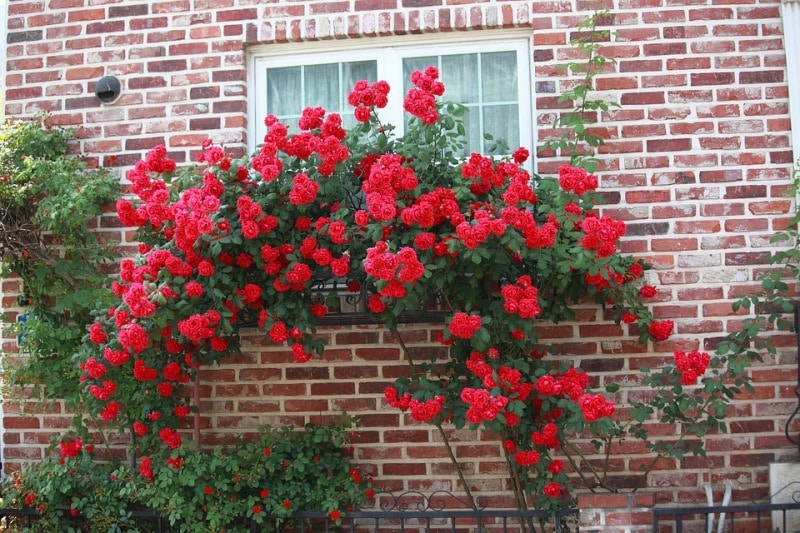
Decorate your garden window with fresh plants:
One of the best ways to decorate a garden window is with plants. With the added light garden windows make, it’s the perfect spot for your indoor plants to thrive.
Add some items to give your garden window style:
Use the shelving that comes with these window gardens. Keep in mind; if kitchen counters already have a considerable amount of décor, less is more when styling any window.
Dress up your garden window with easy window treatments:
A simple window treatment or curtains can instantly dress up your window garden view.
Read: Organic Gardening Fertilizers.
Tips for window gardening:
Here are some tips for window gardening:
About Face:
Determine the amount of sunlight that comes into the garden window & what time of the day you get that sunlight. Choose plants that do well with the amount of light you will get from your garden window. Basil, for instance, likes a lot of sun & warmth that comes from a south-facing garden window. Bay needs air circulation to remain healthy & likes an east or west-facing garden window.
Hire a Contractor:
Although it may be tempting to try & install a garden window on your own, doing so is a risky endeavor. Garden windows are fairly complicated to install correctly; even a small mistake can create the frame too snug or too loose, cause the window to open & close improperly, and may put undue stress on the glass panes. Contractors are experienced in installing garden windows & are aware of the several variables involved in the installation process. Proper installation can help your plants thrive & ensure that you don’t have to pay more down the road for repairs and modifications.
Clean it up:
A garden window is a perfect location to display flowering plants that get a little of the outdoors inside. Or, put garden window to work with plants that have some muscle behind their roots, acting as air purifiers.
Use High-Quality Materials:
The key to the success of a window garden is using the correct materials. On wall side windows, our garden windows are completed from the highest-quality materials to ensure that you get the most out of your garden window. For example, we use high-quality plywood & durable Pionite to ensure that your window lasts. Furthermore, we install casement windows on either side to ensure appropriate ventilation.
Sniff it out:
Use your window garden as an air freshener. Herbs like rosemary will provide off a fresh pungent scent.
Take Advantage of Special Features:
The best part of a garden window is that it offers a glimpse of the outdoors while you’re working away in the kitchen. To boost its appeal, even more, insert cheery window coverings or flowers to the sill. Furthermore, because a window allows you to take advantage of sunlight & grow your favorite herbs all year.
Adds Light to Your Home:
Garden windows allow more light into the room, which is a great quality if your kitchen is small or dark; they offer more depth making your room look bigger & brighter. Garden windows allow you to cultivate plants & from the comfort of your own home. That is why a garden window is a perfect window for nature lovers.
Great in the winter:
Cold winters shouldn’t stop gardeners from growing their favorite plants, & they don’t have to with the garden window. These windows allow for the sun to reach your plants & you don’t have to step out into the cold of the winter. Its shelves are a perfect place to put potted veggies & flowers.
Perfect in Any Room:
A garden window is great in just about any style home. Though they are generally found in kitchens, they look good in bedrooms and living rooms as well. Having a garden window in the kitchen makes it easier to maintain your plants watered and healthy.
Add beauty and value to the home:
Garden windows are designed for beauty. They have about four glass panes one on each side, one in the front, and a slanted pane on top. Depending on the size, the window can have one shelf or multiple shelves. Any adding to the home, such as this, adds value to the property.
Watering the seeds or plants:
Water new plants & seeds frequently. Water from the bottom to prevent rotting the crown & the fruit. The best time to water plants is in the evening or early morning when it is cooler so the water doesn’t dissolve in the heat.
That’s all guys for today about Window Gardening Ideas.
Read: Grafting Methods of Hibiscus.
